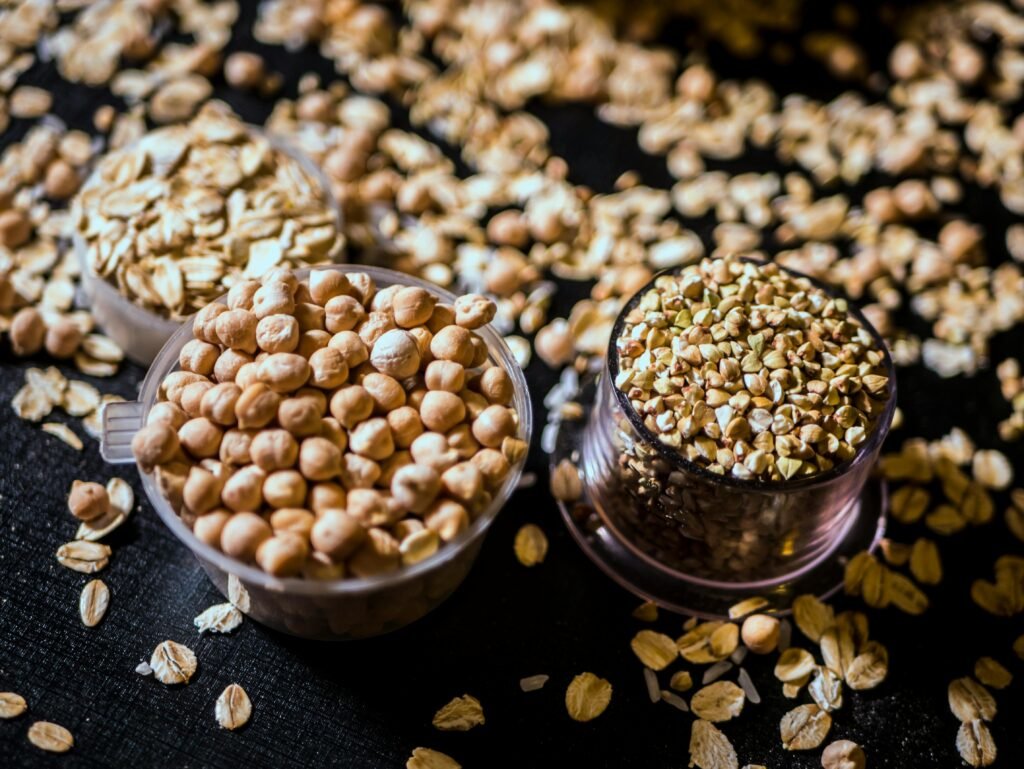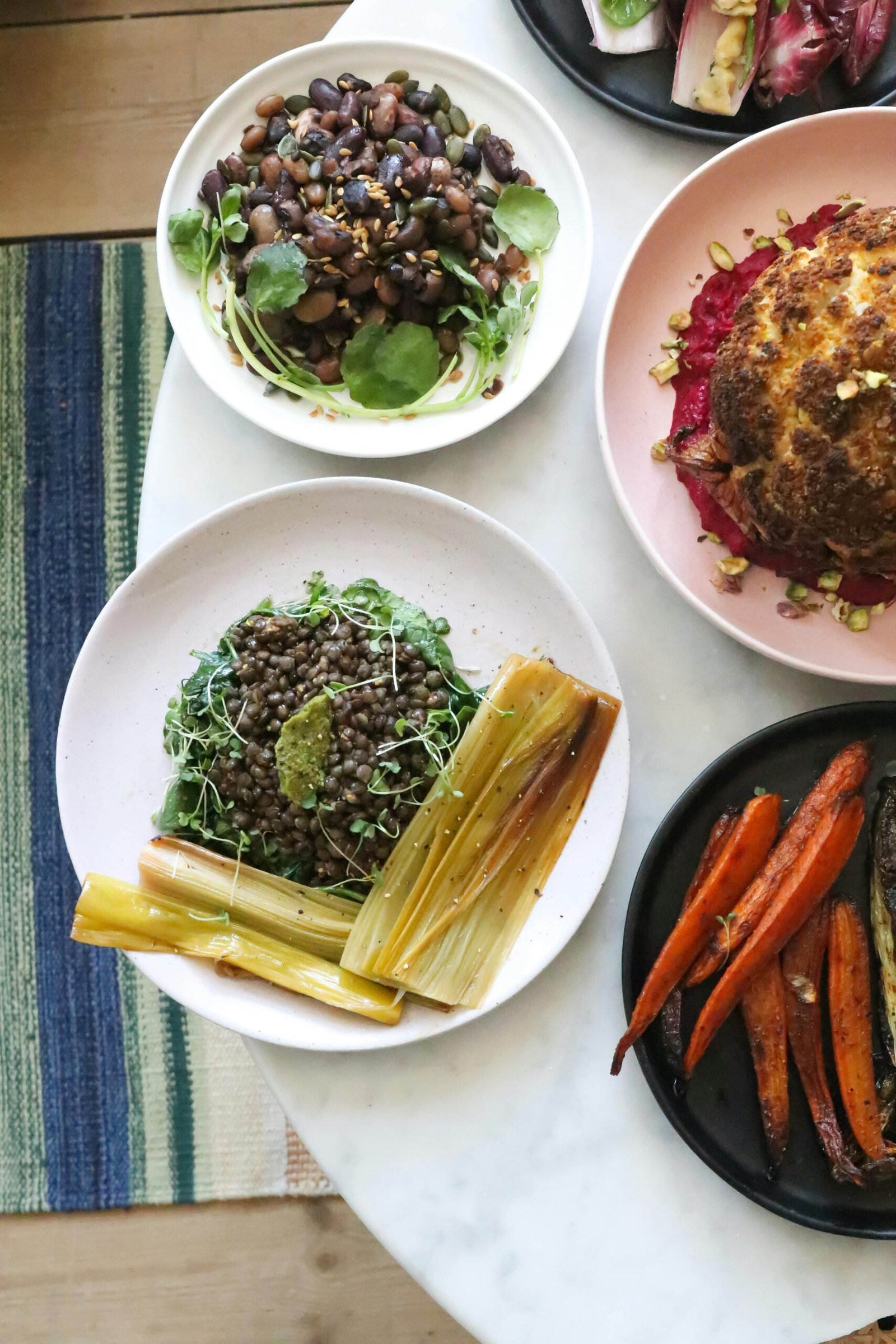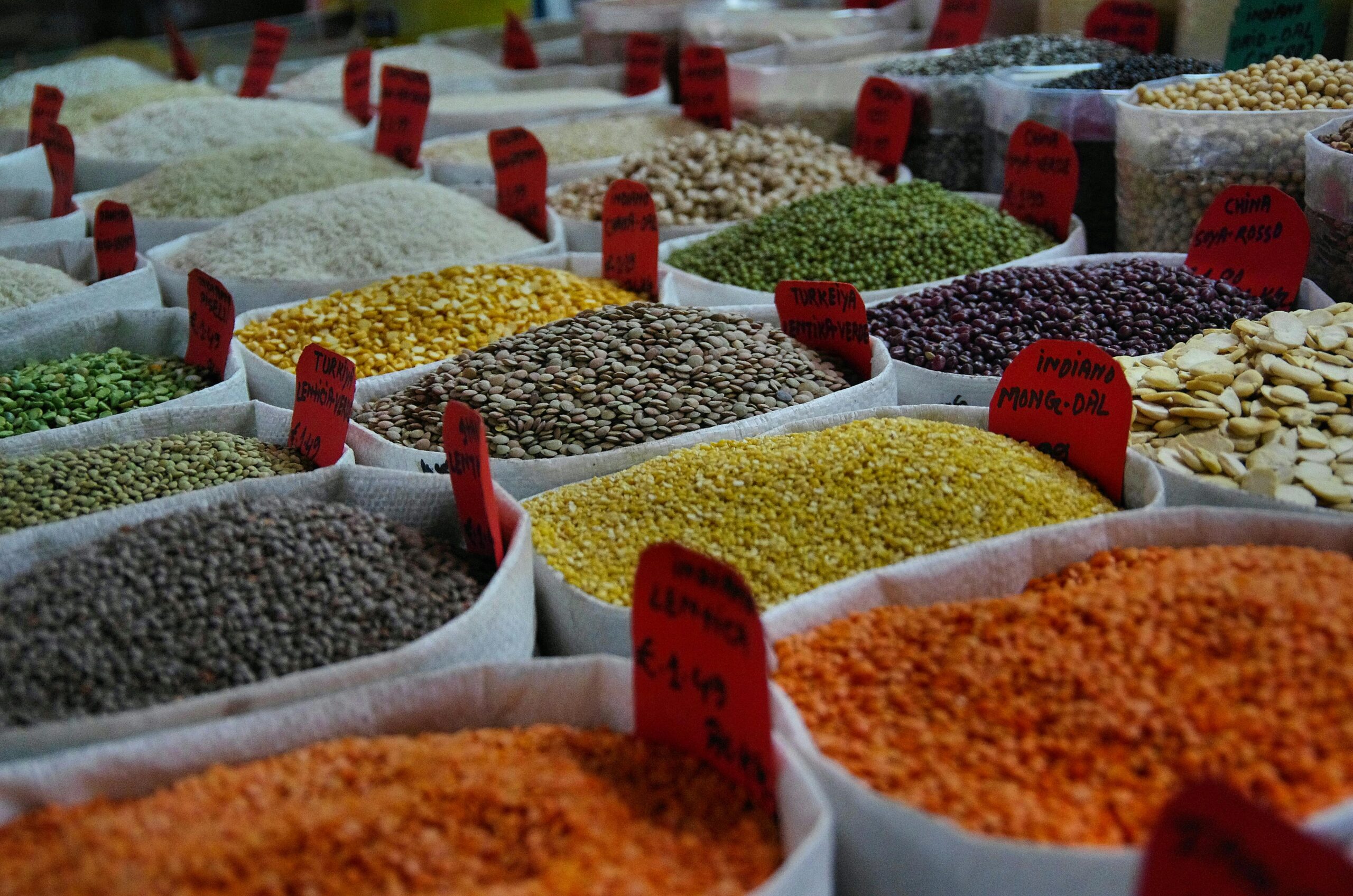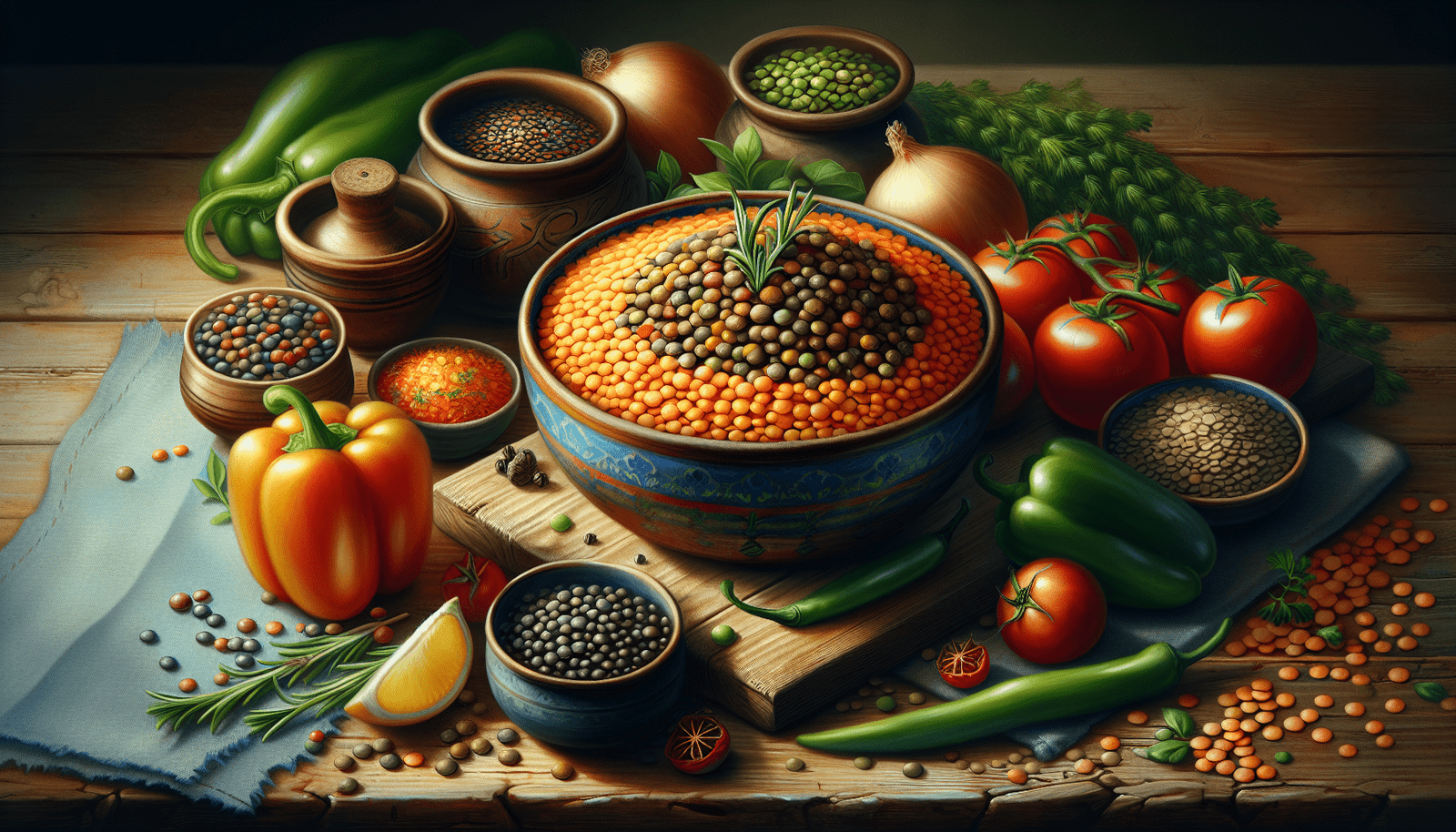
Have you ever wondered how lentils fit into the Mediterranean diet? If you’re looking to add more nutritious ingredients to your meals, lentils could be the perfect addition. Let’s take a closer look at how these little legumes play a crucial role in this flavorful and healthful culinary tradition.
What is the Mediterranean Diet?
The Mediterranean diet is widely recognized for its numerous health benefits, promoting heart health, longevity, and overall well-being. This eating pattern is based on the traditional food habits of people living in the Mediterranean region. It emphasizes whole foods, healthy fats, and a variety of fresh ingredients.
Key Components of the Mediterranean Diet
At the heart of the Mediterranean diet are several key components:
- Fruits and Vegetables: A bounty of seasonal and locally sourced produce forms the foundation. Aim for at least five servings a day.
- Whole Grains: Such as whole wheat, barley, oats, and brown rice, whole grains provide fiber, vitamins, and minerals.
- Healthy Fats: Extra virgin olive oil is a staple, but so are nuts and seeds, which contribute good fats and protein.
- Fish and Seafood: Consuming fish, especially fatty varieties like salmon or sardines, a couple of times a week is encouraged for its omega-3 fatty acids.
- Dairy: This diet features moderate amounts of dairy, primarily yogurt and cheese.
- Legumes: Beans, lentils, and peas are crucial for the plant-based protein they offer.
- Sweets and Red Meat: These are enjoyed sparingly, emphasizing moderation and balance.
What Are Lentils?
Lentils are small, lens-shaped legumes packed with protein, fiber, and essential nutrients. They come in various colors, including green, brown, red, and black, each with a unique flavor and texture. Whether you’re making a hearty stew, a light salad, or a comforting curry, lentils offer versatility and nutrition.
Nutritional Benefits of Lentils
Including lentils in your meals not only enhances flavor but also provides a wealth of nutrients. Here’s a brief overview of what makes lentils a superfood:
- High in Protein: Approximately 18 grams of protein per cooked cup.
- Rich in Fiber: About 16 grams per cup, which aids digestion and helps maintain stable blood sugar levels.
- Packed with Vitamins and Minerals: Including iron, folate, magnesium, and potassium.
- Low in Calories: With roughly 230 calories per cup, they are filling yet weight-friendly.
How Lentils Fit into the Mediterranean Diet
Now that we understand both lentils and the Mediterranean diet, let’s explore how they fit together seamlessly. Lentils can be seen in various Mediterranean cuisines, offering flavor and nourishment that aligns perfectly with dietary principles.
Legumes in the Mediterranean Tradition
Legumes hold a vital place in the Mediterranean diet. They serve as a primary source of plant-based protein, making them an excellent meat alternative. In many Mediterranean cultures, beans and lentils are often enjoyed in stews, salads, and side dishes.
Examples of Lentil Dishes
Here are some popular Mediterranean dishes featuring lentils:
| Dish | Description |
|---|---|
| Lentil Soup | A comforting blend of lentils, vegetables, and spices. |
| Mujadara | A classic Levantine dish made with lentils and rice, topped with caramelized onions. |
| Lentil Salad | A fresh and vibrant dish with cooked lentils, herbs, and a tangy dressing. |
| Lentil Stew | Hearty and wholesome, combining lentils with seasonal vegetables and spices. |
Versatility in the Kitchen
One of the best things about lentils is their versatility. They readily absorb flavors, making them an ideal ingredient in various dishes. You can toss them into salads for added protein, blend them into soups for a creamy texture, or use them in veggie burgers for a fulfilling meal. The options are endless!
Health Benefits of Including Lentils in the Mediterranean Diet
Incorporating lentils into your Mediterranean diet brings numerous health benefits. Here’s a closer look at how they can enhance your well-being:
Heart Health
Rich in fiber and protein, lentils help manage cholesterol levels and support heart health. The Mediterranean diet, known for its heart-healthy properties, is complemented by lentils’ ability to promote good cardiovascular health.
Weight Management
With their high fiber content, lentils promote feelings of fullness, helping curb overeating and aiding in weight management. They can be a staple in any meal plan focused on maintaining a healthy weight.
Blood Sugar Regulation
Lentils have a low glycemic index, meaning they release glucose slowly into the bloodstream. This quality is advantageous for maintaining stable energy levels and preventing spikes in blood sugar, a fundamental aspect of the Mediterranean diet.
Gut Health
The soluble and insoluble fiber in lentils supports digestive health by promoting regular bowel movements and feeding beneficial gut bacteria. Regular consumption of lentils contributes to an overall thriving gut environment.

How to Select and Store Lentils
Choosing the right lentils and storing them properly can enhance your cooking experience. Here’s what you should keep in mind.
Selecting Lentils
When shopping for lentils, consider these tips:
- Quality: Opt for high-quality, organic lentils when possible.
- Type: Different types of lentils offer varying textures and cooking times. Decide which type of lentil suits your recipe and preferences.
Storing Lentils
Proper storage helps maintain the freshness and nutritional value of lentils:
- Dry Lentils: Store uncooked lentils in a cool, dry place in an airtight container; they can last for up to a year or more.
- Cooked Lentils: Refrigerate cooked lentils in a sealed container for about 5 to 7 days or freeze them for up to 6 months.
Cooking with Lentils
Lentils can be cooked in numerous ways, and each method brings out different flavors and textures. Here’s a guide to help you get started.
Preparing Lentils
Preparing lentils is easy and straightforward.
- Rinse and Sort: Before cooking, rinse lentils in cold water to remove any debris or impurities. Sort through to discard any imperfect lentils.
- Soaking: Although lentils do not require soaking like other legumes, pre-soaking for a few hours can reduce cooking time.
Cooking Methods
Here are a few popular cooking methods for lentils:
| Method | Description |
|---|---|
| Boiling | In a pot, add rinsed lentils with water (about 3 cups of water per cup of lentils) and bring to a boil. Reduce heat and simmer for 15-30 minutes, depending on the type. |
| Slow Cooking | For soups and stews, add lentils directly to the slow cooker with other ingredients and let it cook for several hours until tender. |
| Sautéing | For a quick preparation, sauté lentils with onions, garlic, and spices for a flavorful side dish. |
Types of Lentils and Their Uses
Different types of lentils have unique textures and flavors. Here’s a comparison of the common varieties:
| Lentil Type | Color | Flavor/Texture | Common Uses |
|---|---|---|---|
| Green | Green | Earthy and firm | Soups, salads, side dishes |
| Brown | Brown | Mild, nutty | Stews, veggie burgers |
| Red | Red | Sweet, soft | Indian dals, purees |
| Black | Black | Earthy, slightly sweet | Salads, side dishes, and soups |

Savory Lentil Recipes Inspired by Mediterranean Flavors
Integrating lentils into your meals could be delicious! Here are a few savory recipes inspired by Mediterranean flavors.
Mediterranean Lentil Soup
A warm and hearty lentil soup filled with vegetables and spices.
Ingredients
- 1 cup lentils (green or brown)
- 1 onion, diced
- 2 carrots, diced
- 2 celery stalks, diced
- 3 garlic cloves, minced
- 1 can diced tomatoes
- 6 cups vegetable broth
- 1 tsp cumin
- 1 tsp oregano
- Salt and pepper to taste
- Fresh parsley for garnish
Instructions
- In a large pot, sauté the onion, carrots, and celery until soft.
- Add garlic and sauté for one more minute before adding other ingredients.
- Bring to a boil, reduce to a simmer, and cook for 30-40 minutes until lentils are tender.
- Season with salt, pepper, and garnish with parsley before serving.
Mujadara Recipe
A traditional Middle Eastern dish combining lentils, rice, and caramelized onions.
Ingredients
- 1 cup lentils (brown or green)
- 1 cup rice (preferably long grain)
- 3 large onions, thinly sliced
- 4 cups water or vegetable broth
- Olive oil
- Salt and cumin to taste
Instructions
- Cook lentils in salted water until tender, about 20 minutes. Drain and set aside.
- In a separate pot, cook rice in the same water or broth used for the lentils until fluffy.
- In a skillet, heat olive oil and add onions, cooking until caramelized.
- Combine lentils and rice, and top with caramelized onions before serving.
Lentil Salad with Feta and Olives
A refreshing salad loaded with Mediterranean flavors.
Ingredients
- 1 cup cooked lentils
- 1 cucumber, diced
- 1 bell pepper, diced
- ½ cup feta cheese, crumbled
- ¼ cup olives, sliced
- Fresh herbs (parsley, mint, or basil)
- Olive oil, lemon juice, salt, and pepper to taste
Instructions
- In a bowl, combine cooked lentils, cucumber, bell pepper, olives, and herbs.
- Drizzle with olive oil and lemon juice, season with salt and pepper, and toss gently to combine.
- Serve chilled or at room temperature.
Final Thoughts
Lentils are not only a nutritious food but also a delicious addition to the Mediterranean diet. Their versatility allows you to incorporate them in many dishes, benefiting your health while enjoying the rich flavors of the Mediterranean. Whether you’re making a comforting lentil soup or a vibrant salad, lentils are sure to satisfy you and keep your meals exciting. Embracing lentils in your cooking can elevate your culinary journey and introduce you to a world of healthful eating.
So why not start today? Grab some lentils the next time you’re at the store, and experiment with them in your kitchen!

